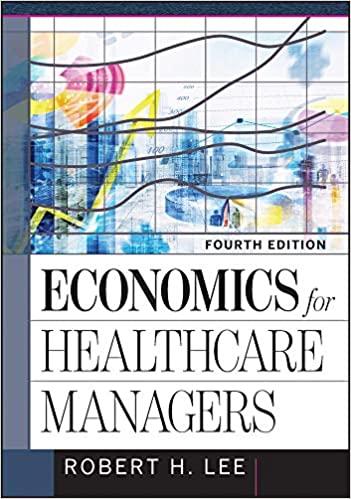Among wealthy countries, only the United States and New Zealand allow direct-to-consumer prescription pharmaceutical advertising. The value
Question:
Among wealthy countries, only the United States and New Zealand allow direct-to-consumer prescription pharmaceutical advertising. The value of direct-to-consumer advertising of prescription drugs is widely debated, as are its effects on prescription sales and costs. Direct-toconsumer advertising on television started in 1997, when the Food and Drug Administration authorized it.
The case against direct-to-consumer advertising is that consumers lack the expertise to make informed decisions about prescription medications and that only expensive, branded products will be advertised, creating barriers to entry for generic products. The case for direct-toconsumer advertising is that it provides consumers with information about products that have been rigorously reviewed for safety and effectiveness. Examples of such information include more convenient dosing, reduced side effects, and fewer interactions. From another perspective, pharmaceutical companies use advertising to differentiate their products and increase margins.
Discussion Questions
• How could advertising be a barrier to entry?
• Could advertising reduce barriers to entry for a new product?
• Presumably drug companies are trying to differentiate their products from the competition. Will consumers be better off or worse off if the companies succeed?
• Consumers generally favor direct-to-consumer advertising, and healthcare professionals generally oppose it. Does this difference in attitudes make sense?
• Should direct-to-consumer advertising be banned?
Step by Step Answer:






